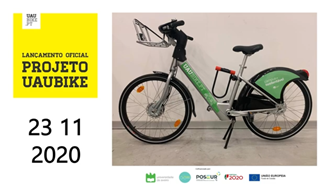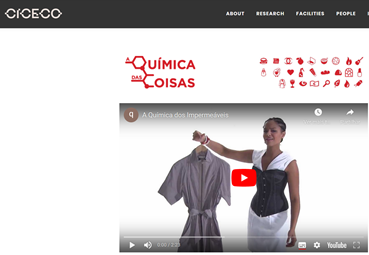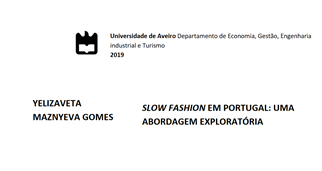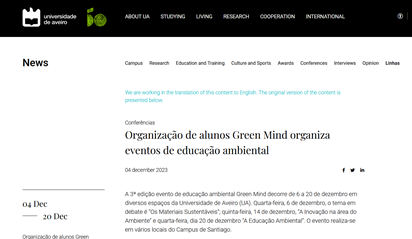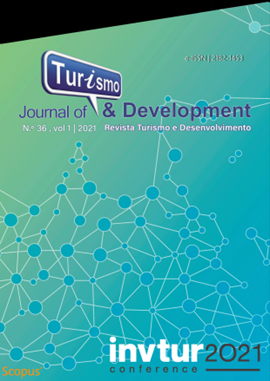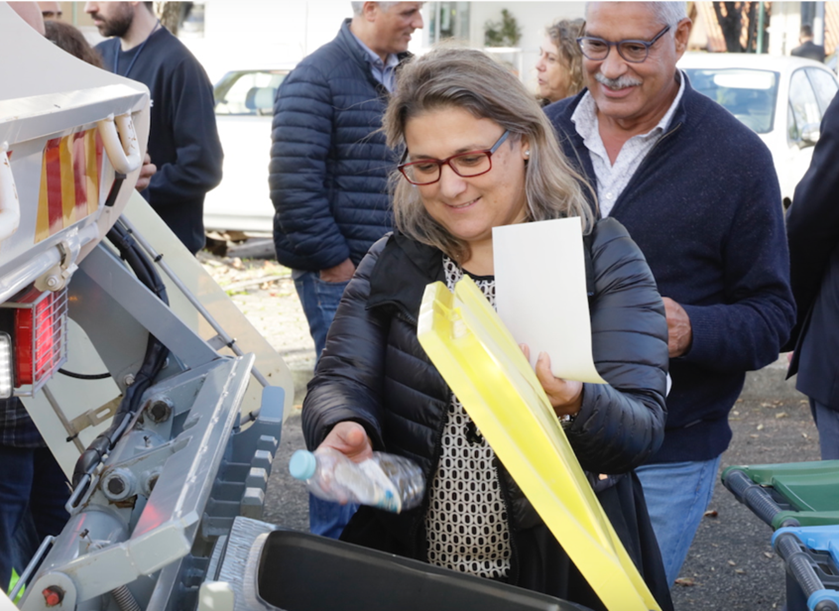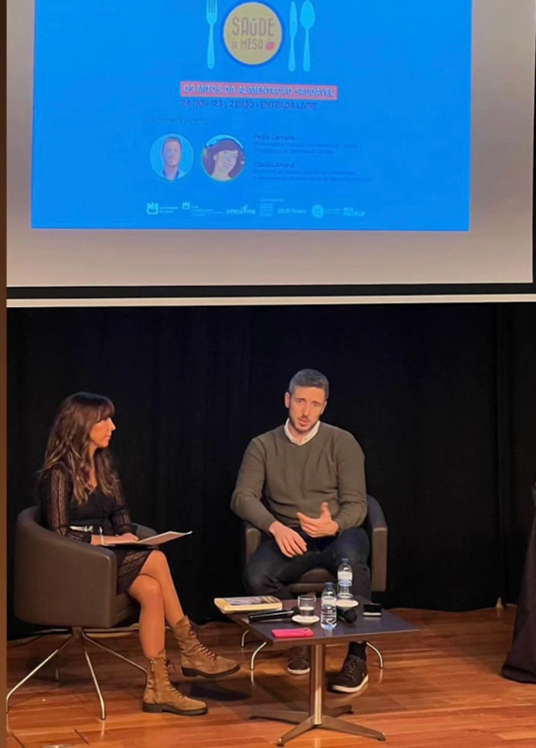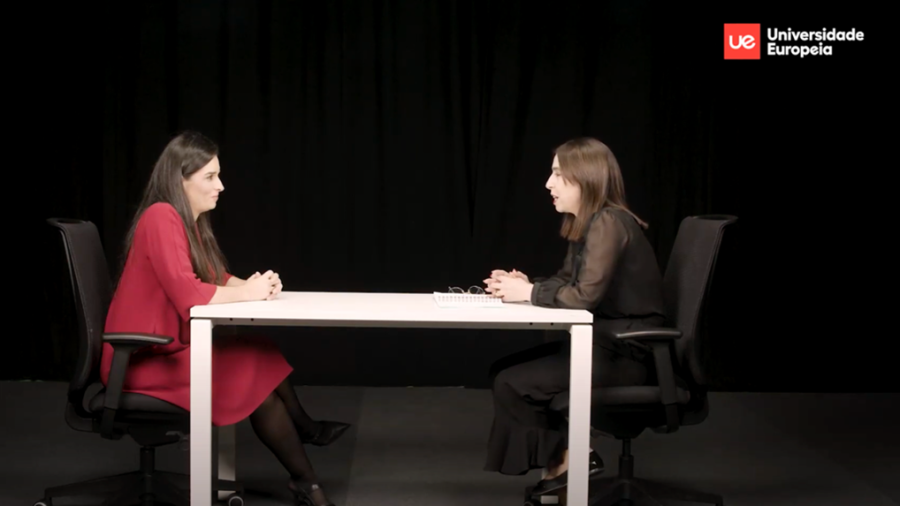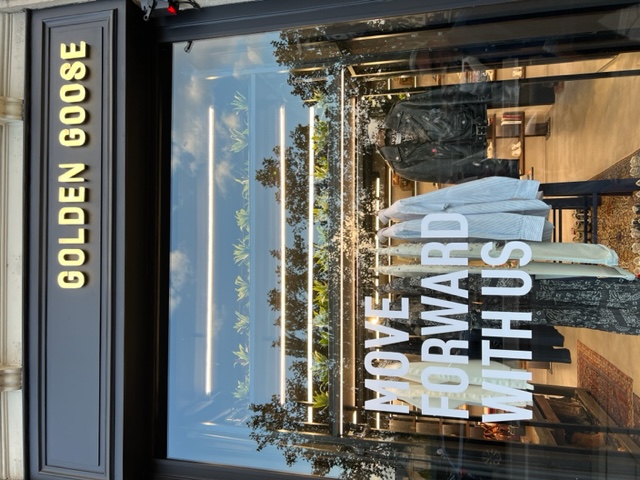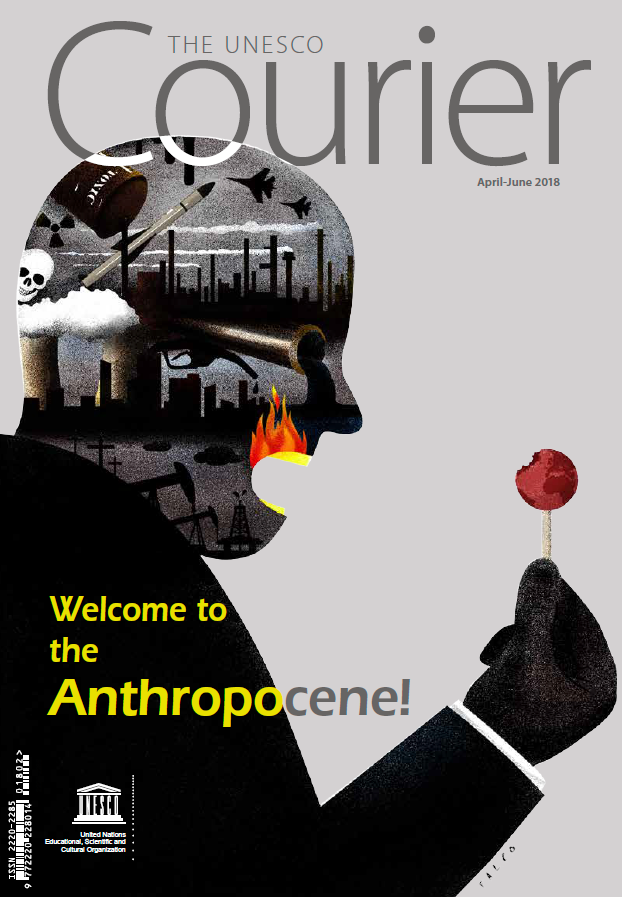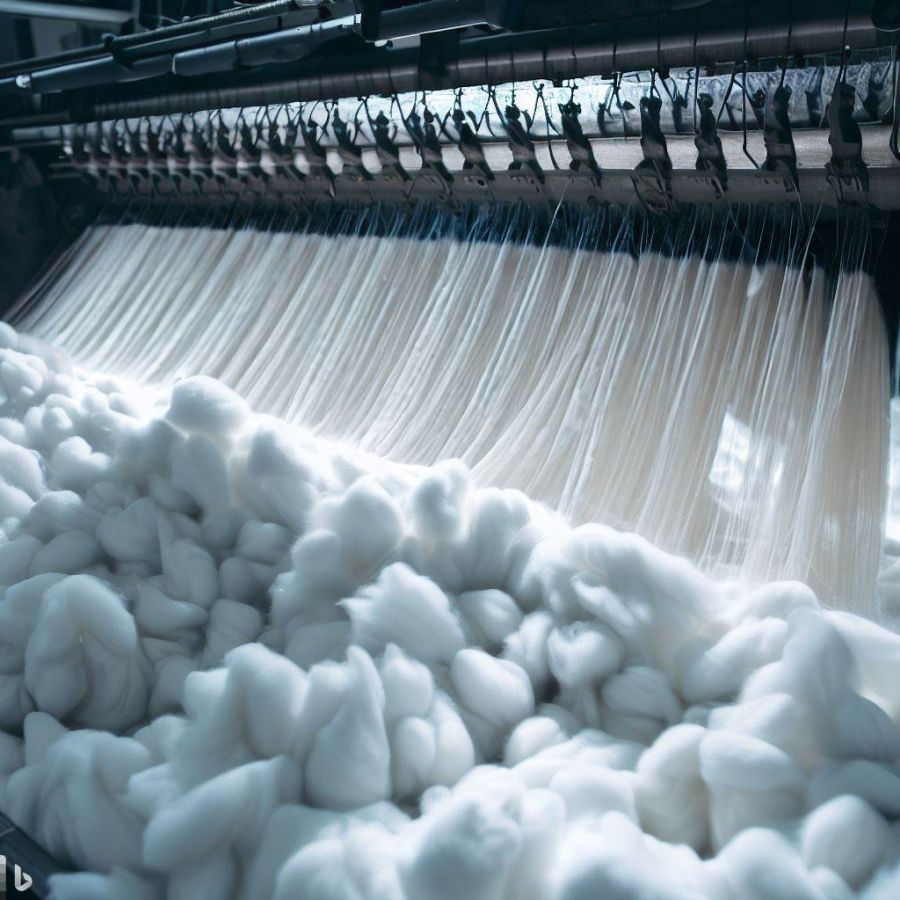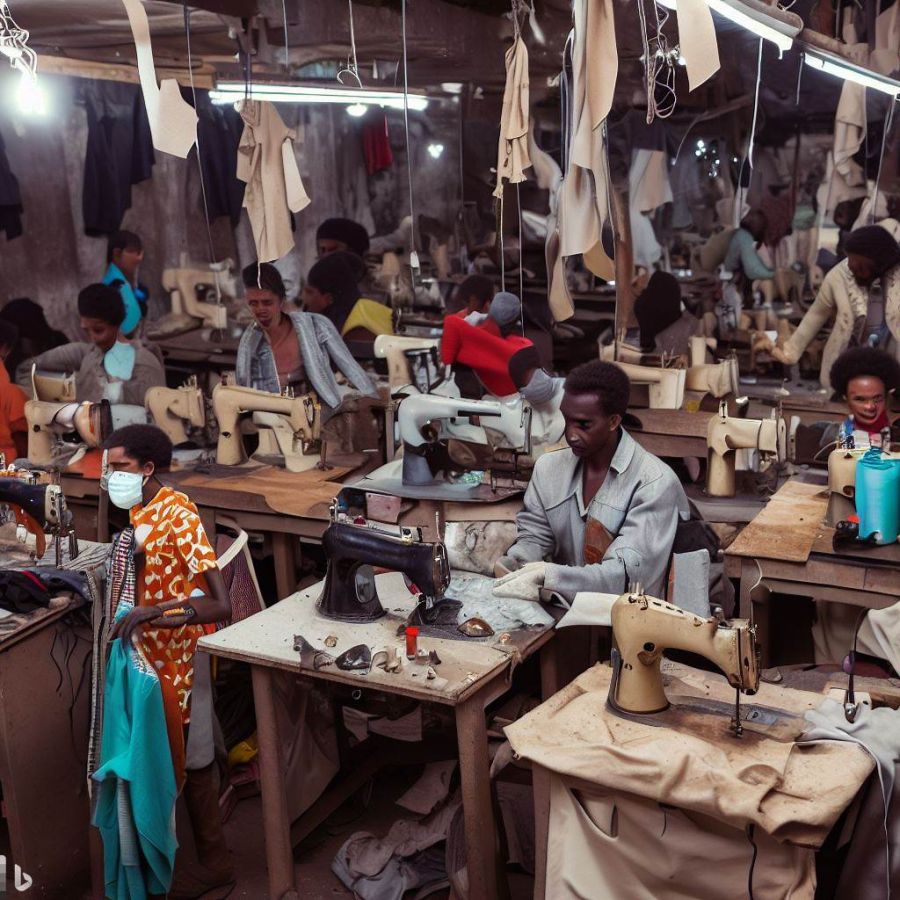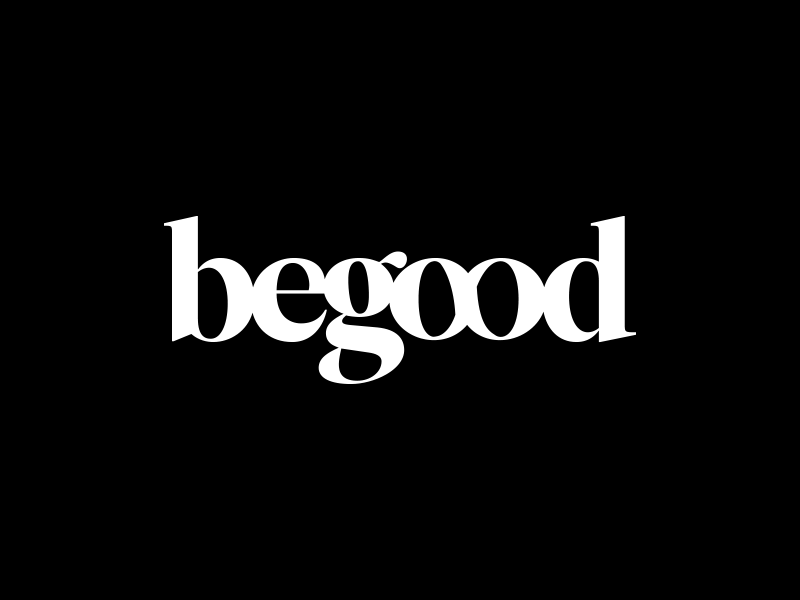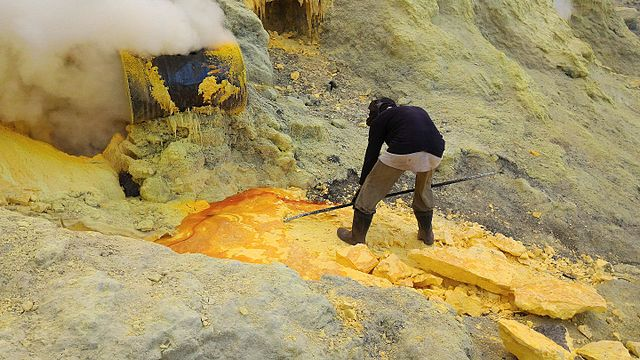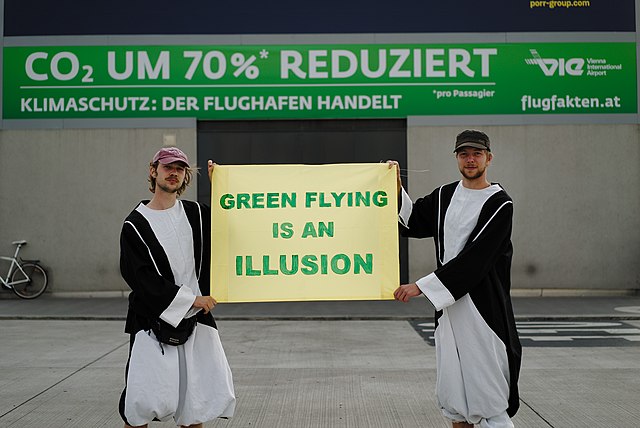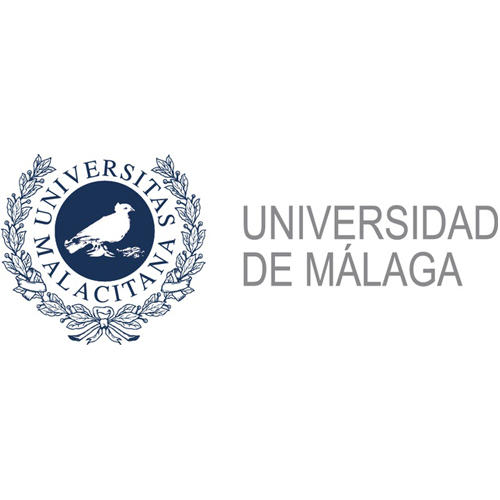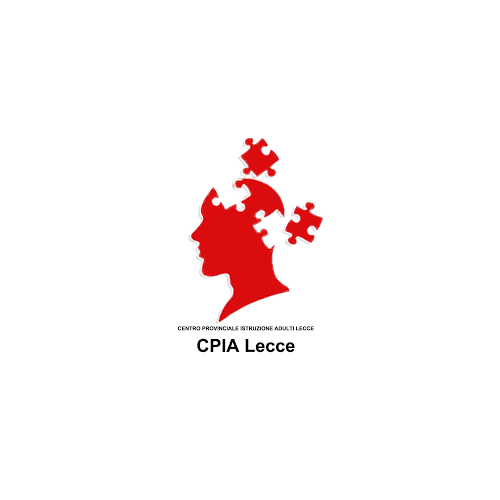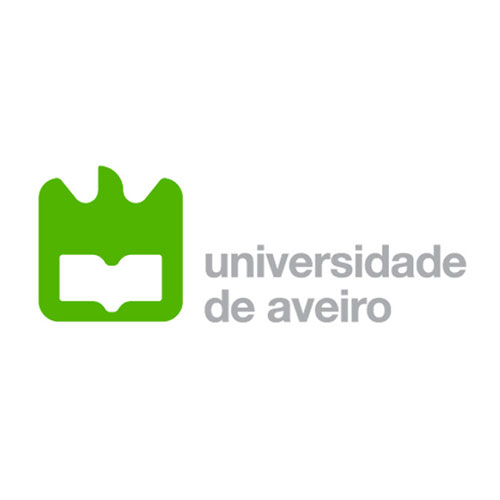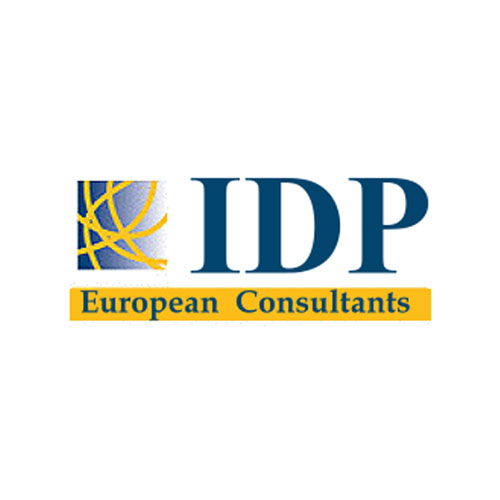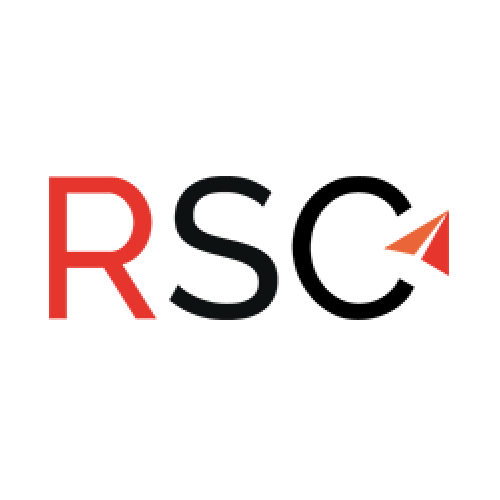Introduction
Water is a finite and essential resource for life, and its scarcity is becoming a global concern. The water footprint of a product or industry refers to the total volume of freshwater used throughout its entire production cycle, encompassing the water used in the production of raw materials, manufacturing processes, transportation, and end-of-life disposal.
The clothing industry, although often overlooked, has a significant impact on freshwater resources through its extensive water footprint, that refers to the amount of water used in the production process of clothing items, including the growing of cotton, dyeing, finishing, and washing. Exploring the water footprint of the clothing industry, its environmental consequences, and the urgent need for sustainable practices to mitigate this issue is an urgent concern.
Impacts of the clothing Industry
In the case of the clothing industry, the water footprint primarily arises from the cultivation of raw materials like cotton. Cotton, one of the most widely used materials in the clothing industry, is a particularly water-intensive crop that requires large amounts of water for irrigation: estimates suggest that around 10,000 to 20,000 litres of water are needed to produce just one kilogram of cotton, and the production of one cotton t-shirt requires around 2,700 litres of water.
In regions where water resources are scarce, the cultivation of cotton exacerbates water scarcity, and the depletion of freshwater resources put additional pressure on already stressed ecosystems.
Beyond cotton cultivation, the textile processing stages also contribute to the industry's significant water footprint. Dyeing, printing, and finishing processes require substantial volumes of water, often mixed with various chemicals: the dyeing and finishing of clothing items require up to 200 litres of water to dye a single kilogram of textile.
Wastewater discharged from these processes contains pollutants such as dyes, heavy metals, and toxic chemicals, which can have significant impacts on the health of local ecosystems and communities when not properly treated.
In addition to the environmental impact there is also a social impact. The production of clothing items often takes place in countries with low labour costs, where workers may be exposed to poor working conditions, low wages, and limited access to clean water and sanitation facilities. This can exacerbate the impact of the clothing industry's water footprint on local communities, particularly in regions where water resources are already scarce.
Once garments are produced, consumer habits further compound the water footprint of the clothing industry. Frequent washing of clothes, often using excessive water and energy, contributes to unnecessary water consumption. In fact, studies indicate that around 20% of a garment's total water footprint occurs during consumer use.
Sustainable Practices and Innovations for reducing the water footprint in the industry
The clothing industry must take immediate action to reduce its water footprint and transition towards more sustainable practices. Various approaches can contribute to mitigate the impact of the clothing industry's water footprint on the environment and society, emphasizing the need for urgent action and outlines.
1. Water-Efficient Technologies: Implementing innovative technologies such as low-water dyeing, advanced water recycling systems, and sustainable practices in cotton cultivation can significantly reduce water consumption during production.
2. Sustainable Materials: Encouraging the use of eco-friendly fibres and fabrics like organic cotton, hemp, or recycled polyester reduces the water footprint of garments.
3. Transparency and certifications: Increasing transparency and accountability through certification schemes and labels provide information about the environmental and social impacts of clothing items, enabling consumers to make informed decisions.
4. Supply Chain Collaboration: Collaboration among clothing brands, suppliers, and NGOs is crucial to developing sustainable practices and technologies. Sharing best practices, adopting common water stewardship standards, and investing in sustainable supply chains can drive positive change.
5. Consumer Awareness and Education: Raising awareness about the water footprint of the clothing industry and providing guidance on sustainable purchasing decisions and garment care empowers consumers to make environmentally conscious choices.
6. Circular Economy Approaches: Shifting towards a circular economy model that focuses on recycling, reusing, and extending garment lifespan significantly reduces the overall water footprint of the industry.
Good practices that consumers can adopt
Consumers play a crucial role in reducing the water footprint of the clothing industry. Here are some actions consumers can take:
1. Choose Sustainable Brands: Support clothing brands that prioritize sustainable practices and transparency. Look for brands that use eco-friendly materials, implement water-saving technologies, and promote responsible manufacturing.
2. Buy Less and Buy Better: Practice conscious consumption by buying fewer but higher-quality garments. Invest in durable clothing that lasts longer, reducing the need for frequent replacements and saving water in the production process.
3. Opt for Sustainable Fibres: Choose garments made from sustainable fibres such as organic cotton, hemp, linen, or recycled materials. These fibres often require less water for cultivation or production compared to conventional materials.
4. Consider Second-hand and Vintage: Explore second-hand and vintage clothing options. Buying pre-loved garments extends their lifespan and reduces the demand for new production, thereby conserving water resources.
5. Wash Clothes Responsibly: Follow sustainable laundering practices, such as washing clothes only when necessary, using lower water temperatures, and using full loads. This reduces water consumption and extends the life of your garments.
6. Educate Yourself: Stay informed about the environmental and social impact of the clothing industry. Learn about certifications and labels that provide information on a garment's sustainability, such as organic, Fair Trade, or GOTS (Global Organic Textile Standard).
7. Support Clothing Recycling and Donation Programs: Participate in clothing recycling initiatives or donate unwanted garments to organizations that promote reuse and recycling. This helps reduce textile waste and the water-intensive processes associated with new production.
8. Advocate for Change: Use your voice to raise awareness about the water footprint of the clothing industry. Engage with brands, policymakers, and organizations, urging them to adopt more sustainable practices and transparency.
By incorporating these actions into their purchasing habits and daily routines, consumers can contribute to reducing the water footprint of the clothing industry and promoting a more sustainable and responsible fashion ecosystem.
Conclusion:
The water footprint of the clothing industry poses significant challenges to freshwater resources and ecosystems. The impact of the clothing industry's water footprint on the environment and society is significant, particularly in regions where water resources are scarce. From cotton cultivation to textile processing and consumer habits, the industry's water-intensive practices demand urgent attention and sustainable solutions. However, there are potential solutions to mitigate this impact, including improving the efficiency of water use, increasing transparency and accountability, and fostering collaboration and partnerships across the industry and the consumers.
References:
1. Mekonnen, M. M., & Hoekstra, A. Y. (2011). The green, blue and grey water footprint of crops and derived crop products. Hydrology and Earth System Sciences, 15(5), 1577-1600.
2. Mekonnen, M.M., & Hoekstra, A.Y. (2016). Four billion people facing severe water scarcity. Science Advances, 2(2), e1500323. doi: 10.1126/sciadv.1500323
3. Chapagain, A. K., & Hoekstra, A. Y. (2008). The global water footprint of cotton consumption: A spatially explicit assessment. Ecological Economics, 60(1), 186-203.
4. Wiedmann, T., Lenzen, M., Turner, K., & Barrett, J. (2007). Examining the global environmental impact of regional consumption activities&mdashPart 2: Review of input&ndashoutput models for the assessment of environmental impacts embodied in trade. Ecological Economics, 61(1), 15-26.
5. Azapagic, A., Perdan, S., & Clift, R. (2012). Sustainable supply chain management in the UK clothing industry: An analysis of corporate reports. Business Strategy and the Environment, 21(5), 309-322.
6. Moore, S. A., & Shen, J. (2016). Investigating the water footprint of the Australian cotton industry. Ecological Indicators, 67, 491-501.
7. Global Fashion Agenda & Sustainable Apparel Coalition. (2017). Pulse of the Fashion Industry 2017. Retrieved from https://www.globalfashionagenda.com/wp-content/uploads/2017/05/Pulse-of-the-Fashion-Industry_2017.pdf
8. Fletcher, K. (2018). Sustainable fashion and textiles: Design journeys. Routledge.
9. Liu, X., & Ni, W. (2019). Water footprint of China's textile industry and mitigation strategies. Water, 11(7), 1389. doi: 10.3390/w11071389
10. Shen, L., & Wen, F. (2020). The water footprint of the global textile and clothing industry: Supply chain and governance system. Journal of Cleaner Production, 246, 119003. doi: 10.1016/j.jclepro.2019.119003
11. Baitz, M., Chi, X., & Schaub, S. (2018). The water footprint of cotton consumption in China: An interdisciplinary analysis of water use in cotton production and textile manufacturing. Sustainability, 10(9), 3175. doi: 10.3390/su10093175
12. De Cáceres, N.B., Laínez-Aguirre, J.M., de Castro, J.A., & Fernández-Sotos, P. (2020). Water footprint assessment of the Spanish textile industry: Towards sustainable water management. Journal of Cleaner Production, 256, 120532. doi: 10.1016/j.jclepro.2020.120532
...
by Olga Guerrero & Ana María Castillo, University of Malaga 19/06/2023

